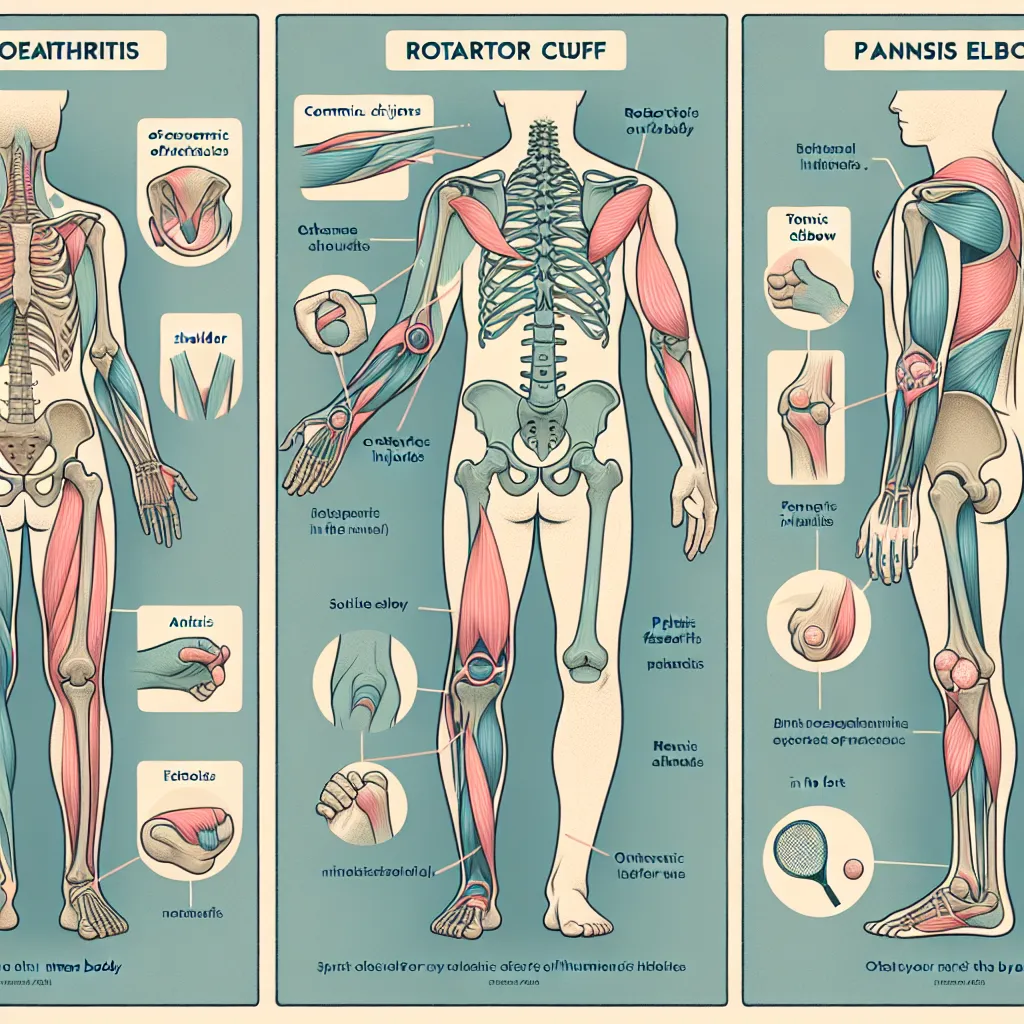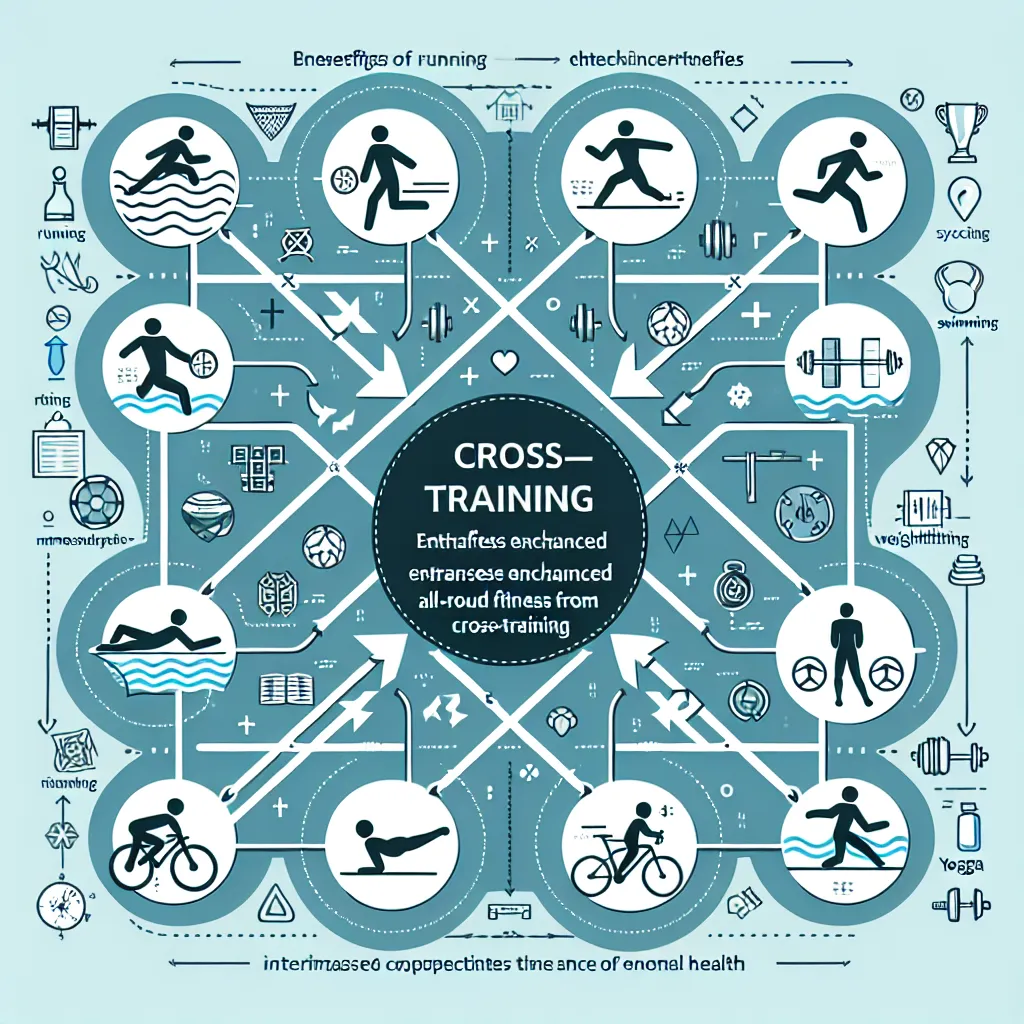Chronic injuries are a crucial topic in the IELTS exam, especially for those interested in sports medicine or general health. Let’s delve into this important vocabulary and learn how to use it effectively in your IELTS preparation.
Nội dung bài viết
Understanding ‘Chronic Injuries’
Definition: Chronic injuries are long-term injuries that develop gradually over time, often due to repetitive stress or overuse of a particular body part.
Part of speech: Noun phrase
Pronunciation: /ˈkrɒnɪk ˈɪndʒəriz/
 Chronic Injuries Diagram
Chronic Injuries Diagram
Context and Usage
-
Example 1: Chronic injuries are common among professional athletes who engage in repetitive motions over long periods.
Analysis: This sentence highlights the prevalence of chronic injuries in a specific group, emphasizing the connection between repetitive actions and long-term damage. -
Example 2: Unlike acute injuries, chronic injuries often develop slowly and may not have a clear onset point.
Analysis: This example contrasts chronic injuries with acute injuries, helping to clarify the nature of chronic injuries by highlighting their gradual development. -
Example 3: Proper training techniques and adequate rest can help prevent many chronic injuries in sports.
Analysis: This sentence emphasizes the importance of prevention in dealing with chronic injuries, which is a key point in sports medicine. -
Example 4: Runners frequently suffer from chronic injuries such as shin splints or plantar fasciitis due to the repetitive impact on their legs and feet.
Analysis: This example provides specific types of chronic injuries, relating them to a particular sport and the body parts affected. -
Example 5: The treatment of chronic injuries often requires a multifaceted approach, including rest, physical therapy, and sometimes lifestyle modifications.
Analysis: This sentence introduces the complexity of treating chronic injuries, suggesting that multiple strategies may be necessary.
Frequency in IELTS
The term “chronic injuries” and related concepts frequently appear in IELTS Reading and Listening tests, particularly in passages about sports science, healthcare, or occupational health. In Writing Task 2 or Speaking Part 3, you might be asked to discuss health issues in sports or workplace safety, where knowledge of chronic injuries would be valuable.
Vocabulary Analysis
Word Structure
- Chronic: from Greek “chronos” meaning time
- Injuries: plural of injury, from Latin “injuria” meaning harm or damage
Synonyms and Antonyms
-
Synonyms:
- Overuse injuries /ˌəʊvərˈjuːs ˈɪndʒəriz/
- Repetitive strain injuries /rɪˈpetətɪv streɪn ˈɪndʒəriz/
- Cumulative trauma disorders /ˈkjuːmjʊlətɪv ˈtrɔːmə dɪsˈɔːdəz/
-
Antonyms:
- Acute injuries /əˈkjuːt ˈɪndʒəriz/
- Sudden injuries /ˈsʌdn ˈɪndʒəriz/
- Traumatic injuries /trɔːˈmætɪk ˈɪndʒəriz/
Memorization Techniques
Mind Mapping
Create a mind map with “Chronic Injuries” at the center. Branch out to include:
- Causes (e.g., repetitive motions, overuse)
- Types (e.g., tennis elbow, runner’s knee)
- Prevention methods (e.g., proper technique, rest)
- Treatment options (e.g., physical therapy, cold therapy)
Storytelling
Imagine a dedicated marathon runner named Sarah who gradually develops knee pain. Despite initial discomfort, she continues training, leading to a chronic knee injury. This story helps associate chronic injuries with gradual onset, persistence, and the importance of addressing early symptoms.
Practice Exercises
Application in IELTS Writing
Task: Write a paragraph about the prevalence of chronic injuries in modern workplaces.
Sample answer:
In today’s sedentary work environments, chronic injuries have become increasingly common. Unlike acute injuries that result from sudden accidents, these overuse injuries develop gradually due to repetitive motions or poor ergonomics. For instance, office workers frequently suffer from carpal tunnel syndrome, a repetitive strain injury affecting the wrists and hands. Similarly, those who spend long hours looking at computer screens may develop chronic neck and shoulder pain. To mitigate these issues, employers are implementing ergonomic assessments and encouraging regular breaks, recognizing that prevention of cumulative trauma disorders is crucial for maintaining a healthy and productive workforce.
IELTS Speaking Practice
Imagine you’re answering this question in IELT Speaking Part 3:
“How can schools help prevent chronic injuries in young athletes?”
Sample answer:
Schools can play a vital role in preventing chronic injuries among young athletes. Firstly, they should ensure that coaches are well-trained in proper techniques and injury prevention strategies. This includes teaching correct form and gradually increasing training load to avoid overuse injuries. Additionally, schools should implement comprehensive warm-up and cool-down routines before and after practices and games. It’s also crucial to educate students about the importance of rest and recovery, encouraging them to listen to their bodies and report any persistent pain or discomfort. Finally, schools could partner with local physical therapy clinics to provide regular check-ups and early intervention for potential chronic conditions.
Conclusion
Understanding and effectively using the term “chronic injuries” and its related vocabulary is crucial for success in the IELTS exam, particularly in health and sports-related topics. By mastering this terminology, you’ll be better equipped to comprehend complex texts, articulate your ideas clearly in writing tasks, and engage in detailed discussions during the speaking test.
Remember to practice using these terms in various contexts, and don’t hesitate to explore more about sports injuries and acute injuries to broaden your vocabulary further. If you have any questions or want to share your experience with learning this vocabulary, please feel free to leave a comment below!


